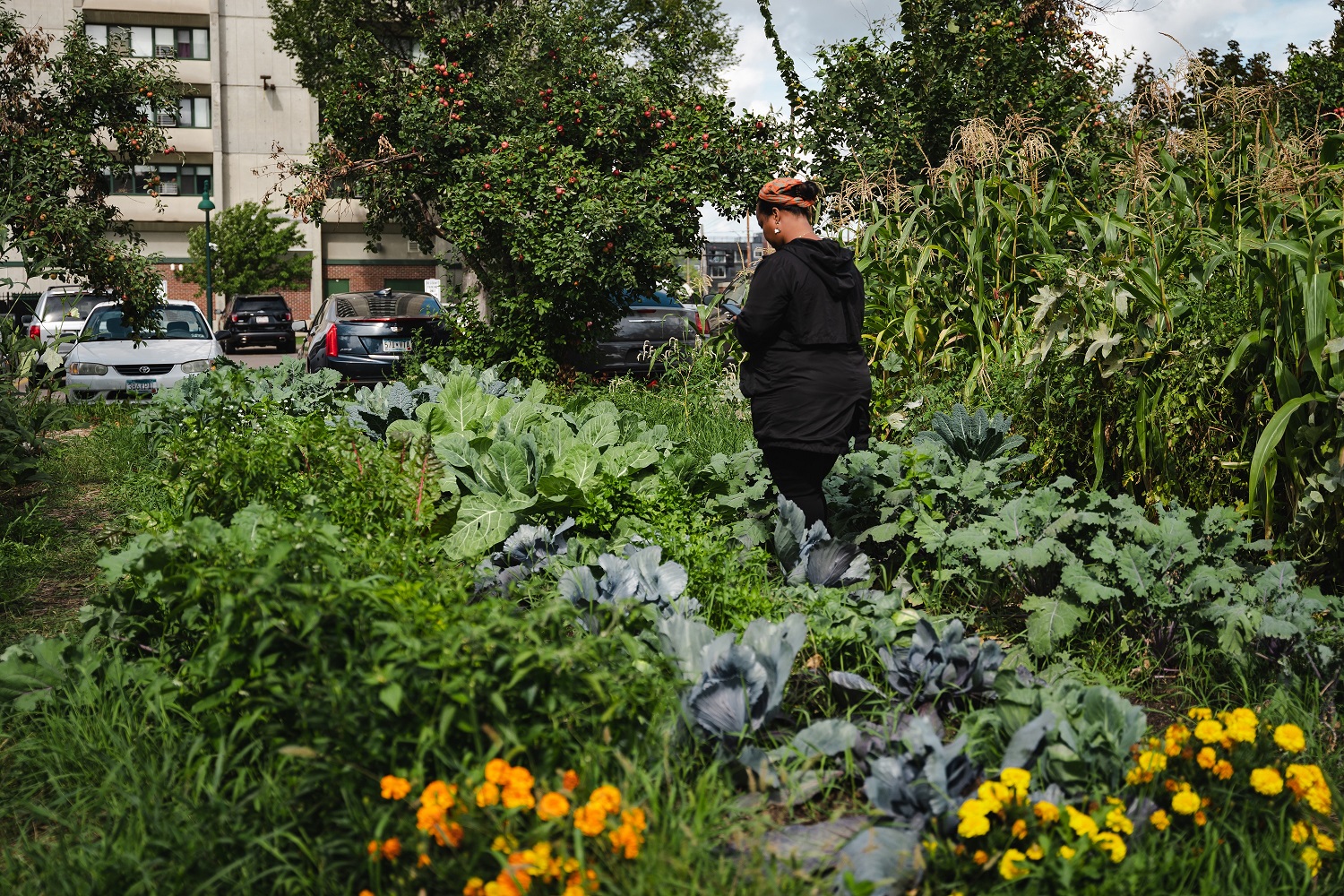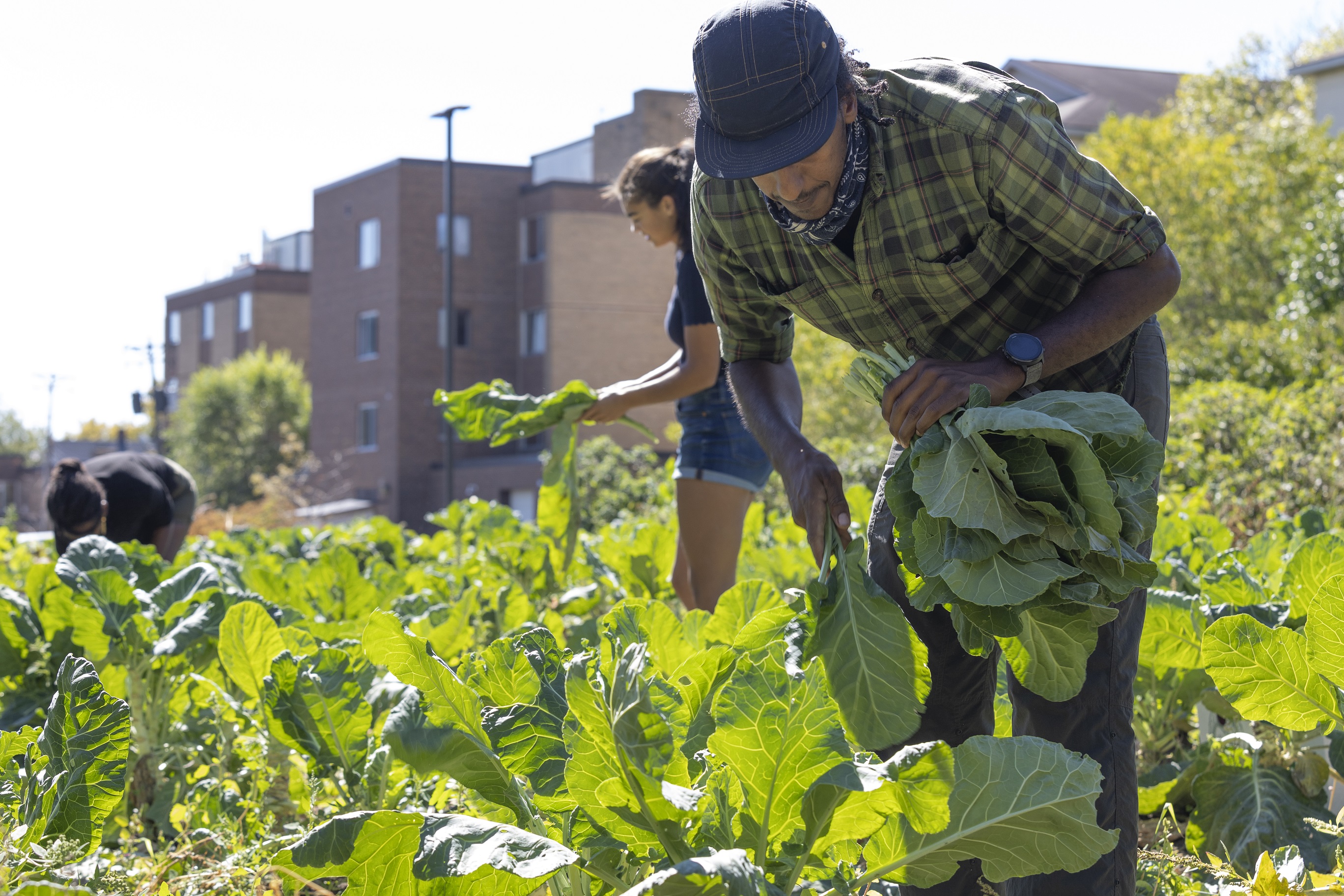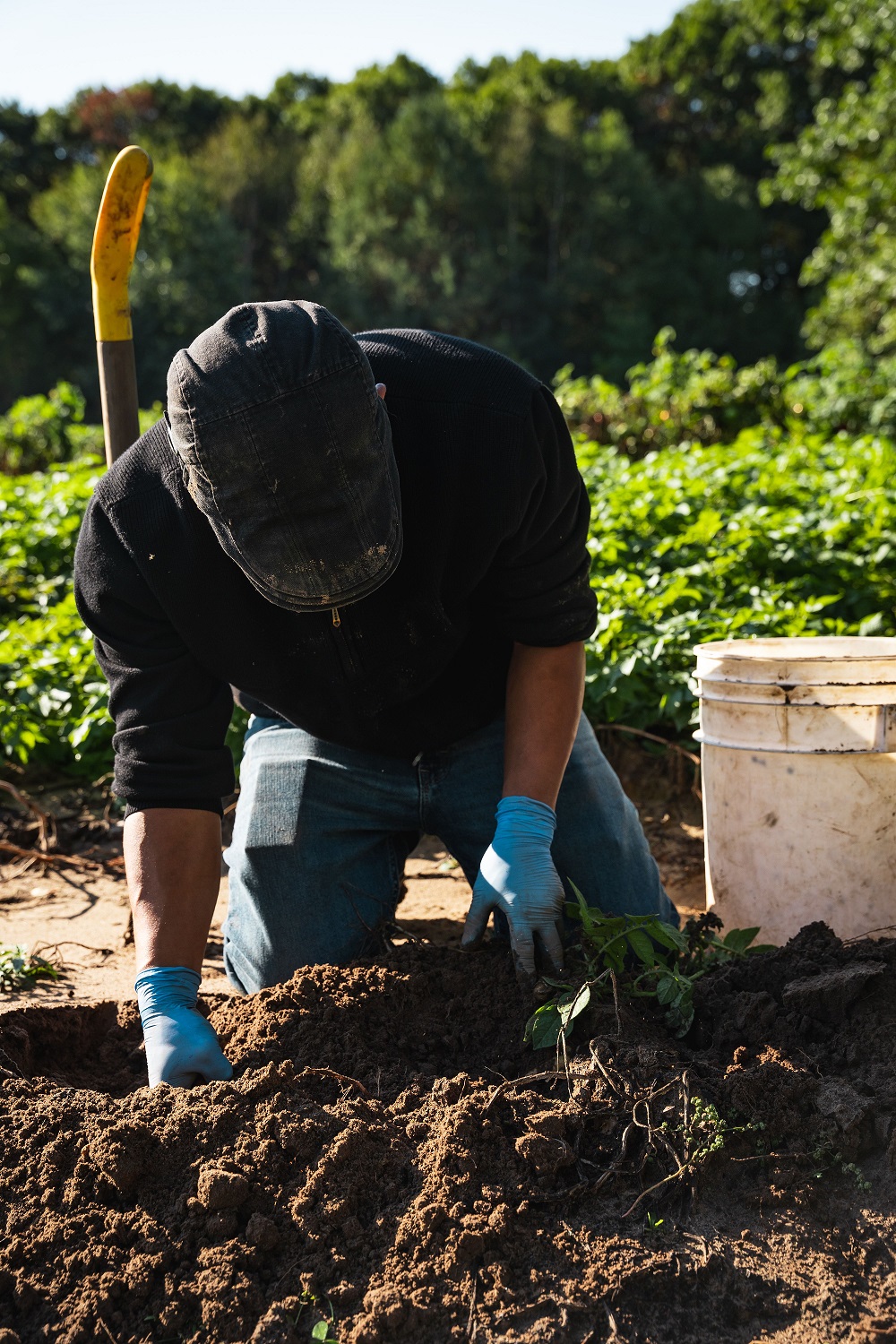Hazardous Sites & Substances
- Hazardous Sites and Substances Home
- Hazardous Waste Sites
- Topics
- Choose Safe Places Minnesota
- Environmental Exposures Grand Rounds
- Exposure and Health Investigations
- Contact us
Related Topics
- Water Contaminants and Your Health
- Cancer and the Environment
- Fish Consumption Guidance
- Children's Environmental Health
- Air Quality by Topic
- MN Public Health Data Access Portal
Environmental Health Division
Contact Info
Gardening in Urban Soil

Before choosing a garden space, consider how the land was used in the past. Abandoned lots and other urban land may have been used for industrial, commercial or agricultural uses. The soil is often low in nutrients, packed down and may be contaminated with harmful debris (broken glass, scrap metal pieces), chemicals and microbes. Using raised beds and following the other tips below will help you to have all the health benefits from gardening while lowering your risk of contact with harmful contaminants.
While gardening, the greatest risk of exposure to contaminants - chemicals, metals and harmful microbes - is from contaminated soil getting into your mouth or by breathing in contaminated dust. Skin contact with soil contaminants can also pose health risks.
Another way harmful contaminants get into your body is through produce grown to eat. Research has shown that some harmful contaminants are taken into and may build up in produce, however, the levels found in produce are lower than levels found in soil.
Harmful contaminants commonly found in soil include lead, cadmium, arsenic, polycyclic aromatic hydrocarbons, and petroleum products. They get into soil because of:
- Spills from industrial or commercial facilities, farms, or residences
- Chemicals put into the air that fall back onto the soil
- Chipped paint containing lead used on houses or buildings falls to the ground
- Illegal dumping of chemicals
- Past use of these chemicals on farms or residential areas
Harmful microbes commonly found in soil include certain types of Salmonella, Listeria, and E. coli. They can cause serious illness including diarrhea and fever. They are in soil because:
- Microbes, both good and bad, can be in soil naturally.
- Contaminated water, waste or fecal matter leave harmful microbes in soil.

- Use raised beds with clean soil.
- Wash hands well after gardening.
- Avoid bringing soil on clothes and shoes into the house.
- Watch children to be sure they do not get dust or soil from their hands and toys in their mouths.
- Thoroughly wash all produce from the garden before eating.
- Remove and discard outer leaves of leafy vegetables.
- Peel or thoroughly scrub root vegetables.
Testing for harmful chemicals in your garden soil before you plant is possible but may not always be necessary. You can follow the steps listed below to prepare your garden for planting instead of paying for soil tests. Visit the webpage Ask a Master Gardener at the University of Minnesota Extension if you would like help deciding whether or not to test your soil.
- Testing for microbes in garden soil is not practical or recommended. Follow the tips above to keep harmful soil chemicals and microbes out of your body.
- There is information on what to test for and how to test soils on the University of Minnesota Extension webpage Soil Testing for Lawns and Gardens.
- For more in-depth information on testing your soil for contaminants, see the US Environmental Protection Agency Brownfields and Urban Agriculture: Interim Guidelines for Safe Gardening Practices (PDF).

There are several ways to prepare garden soil. Using raised beds made with clean soil provides the best way to limit exposures to soil contaminants.
- Fill raised bed gardens with soil obtained from a non-contaminated source.
- Fill the bed to the depth that plant roots will grow if possible. Use a liner in between clean top soil and the possibly contaminated soil below. This will lower the chance of plants roots taking up chemicals. The University of California provides a list of Vegetable Root Depths (PDF). Nebraska-Lincoln Extension also provides information about vegetable root depths in Vegetable and Fruit Production (PDF).
- Use bricks or untreated lumber to build raised beds. Avoid building raised beds with treated lumber such as railroad ties or pressure treated wood. The University of Minnesota Extension provides guidance in the publication Raised Bed Gardens.
- Use containers for plants with deep roots, such as tomatoes and rhubarb. Purdue University Extension provides guidance in the publication Container and Raised Bed Gardening.
Other garden preparation tips:
- If raised bed gardening is not an option, place your garden away from areas where chemicals collect in soil. Places to avoid include areas next to streets, driveways, house foundations and under eaves (place where water drips off the roof edge).
- Call Gopher State One Call at 800-252-1166 before you dig to check for power, gas, and water lines.
- Cover bare soil in and around the garden with untreated wood chips or plants. This will help keep shoes, clothes and hands clean. It will also help to prevent erosion and minimize weeds.
- You can test your soil for nutrients, pH, and organic matter to determine if you need to make the soil better for your garden. Chemicals, like fertilizer, lime, or other substances, can enrich the soil. If you use compost or mulch, refer to the University of Minnesota Extension’s Composting and mulching: a guide to managing organic yard wastes.
- To find information about known and potentially contaminated sites in Minnesota, visit the websites for:
- Minnesota Department of Agriculture:
What's In My Neighborhood? Agricultural Interactive Mapping - Minnesota Pollution Control Agency:
What's in My Neighborhood
- Minnesota Department of Agriculture:
- Environmental Protection Agency:
Growing Gardens in Urban Soils (also in Spanish) - University of California:
Vegetable Gardening: Handbook for Beginners (PDF) - Washington State University:
Organic Pest Control in the Vegetable Garden - National Center for Appropriate Technology:
Potting Mixes for Certified Organic Production - Minnesota Pollution Control Agency:
Compost - Minnesota Department of Agriculture:
Produce Safety Program
Translated Materials
- Amharic: በከተማ መሬት አትክልት ማብቀል (PDF)
- Hmong: Ua Vaj Zaub Ntawm Cov Av Nyob Hauv Plawv Nroog (PDF)
- Somali: Wax ku Beerashada ee Carrada Magaalada(PDF)
- Spanish: El cultivo de huertos en suelo urbano (PDF)
Produced by the MN Department of Health, MN Department of Agriculture and MN Pollution Control Agency.